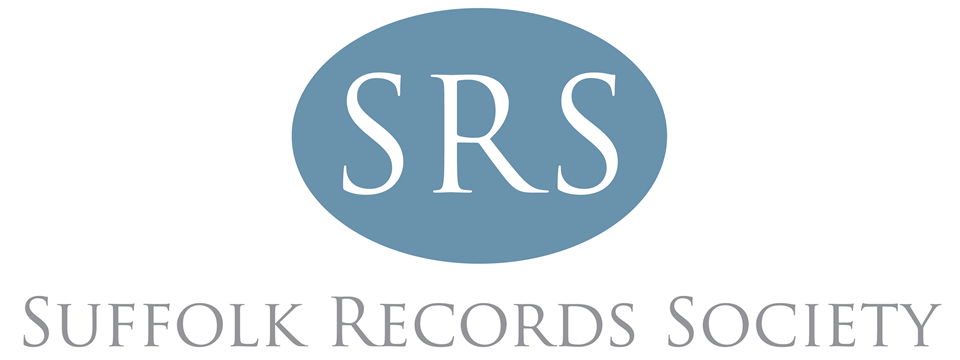Our History
First Initiatives
It was early in 1955 that someone, most probably Martin Statham, suggested that it might be a good idea for the Norfolk Record Society to widen their scope and membership to include Suffolk. Martin Statham was the Bury and West Suffolk Archivist and the General Secretary for the Suffolk Institute for Archaeology. It was also at about this time that Norman Scarfe and Geoffrey Martin, both lecturers at Leicester University, had looked into the possibility of reviving the Victoria County History for Suffolk. This had proved to be too expensive but a sub-committee of the Suffolk Institute, which duly met in August 1955, was convened to examine three possible ways forward. The first was a joint Norfolk and Suffolk Records Society; the second was a records branch of the Suffolk Institute; and the third was a separate Suffolk Records Society, but with strong Institute support. It had obviously occurred to the pioneers that, unless the two-county society could afford to produce two books a year, members with a stronger interest in one county would have to wait two years for their next instalment. Thus a separate and new records society for Suffolk was decided upon.
The Foundation
The founding fathers met as a provisional committee for the first time on New Year’s Day 1957 in the Board Room of Barclay’s Bank in Ipswich. Mark Wathen, a local director and host, took the chair and became the first treasurer for the Society. Leslie Dow, then President of the Institute, was elected the first chairman. The provisional committee also included Geoffrey Martin, Norman Scarfe, Derek Charman (Archivist of Ipswich and East Suffolk), and Martin Statham. The Earl of Cranbrook accepted the Presidency of the Society. It was a masterstroke to invite R. Geoffrey Smith of Cowells to join the committee. From then on generous professional support came from W. S. Cowell Ltd of the Buttermarket, Ipswich. They established our house style and saw the first seventeen volumes through the press. Bindings would be in green buckram, with readable gilt spine titling, which continues to this day, although it was not until Volume IV, the first Constable volume, that a chastely designed dust jacket was provided.
The initial assets included £50 subscribed in memory of Vincent and Lillian Redstone, and £100 from the Suffolk Institute of Archaeology, which was the first sign of many that the two societies are complementary and mutually supportive. It was also vital to gather support county-wide in order to be able to begin publishing the four texts already in preparation. It is a strong indication of successful planning from the beginning that three of the four appeared as the first three volumes and that the fourth (Devereux Edgar’s Commonplace Book, transcribed by S.R. Schofield) can be read in typescript at the Ipswich Record Office (qS 347.96). Business and industry were warmly supportive, but though their names are still familiar few of those firms remain today. The list of donors, printed in the first volume, included the County Councils of East and West Suffolk, the corporations of the three principal towns and twenty-one boroughs, urban and district councils, twelve commercial companies and twelve individuals, as well as the Iveagh and Pilgrim Trusts and the Suffolk Institute of Archaeology. Since the amalgamation of East and West in 1974, the Suffolk County Council has supported us generously.
The provisional committee worked hard through seven meetings, by which time an inaugural public meeting had been organised. It was held in the Council Chamber of County Hall in Ipswich on 7 October 1958. In a tradition that has been maintained ever since, the first volume was launched to subscribers: Suffolk Farming in the Nineteenth Century, edited by Joan Thirsk and assisted by Jean Imray, assistant archivist, Ipswich and East Suffolk Record Office. Norman Scarfe was its general editor. Already 219 members, including fifty universities, libraries and record offices, were paying thirty shillings a year and 240 extra copies had been sold. The Earl of Cranbrook, first President, took the chair. Members of the governing body of the Society were duly elected and the committee became the council. A specially bound copy of the first volume was prepared for presentation to Miss Elsie Redstone, the sole survivor of that industrious and far-sighted family. Reactions in the local press were supportive and enthusiastic.


